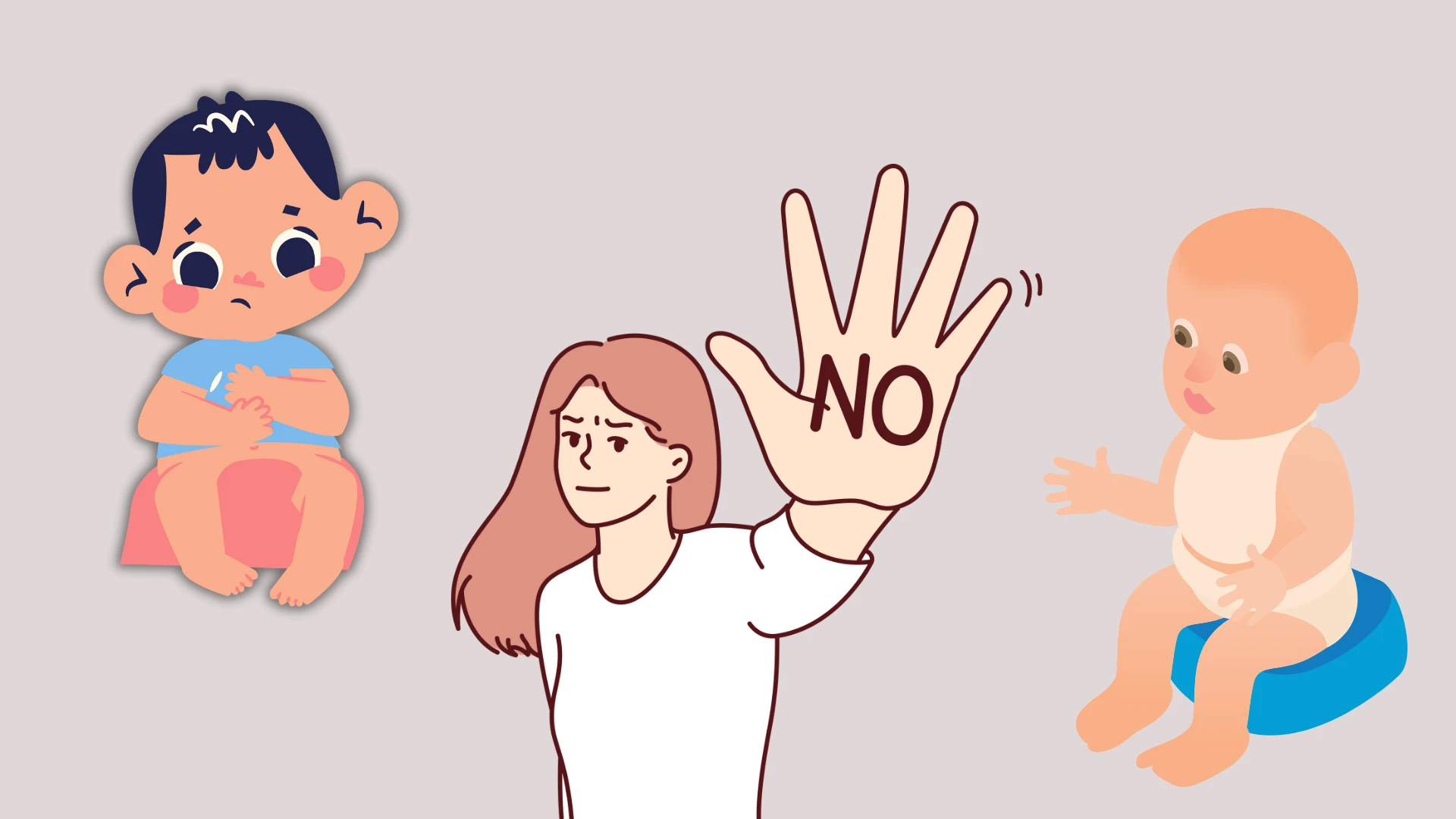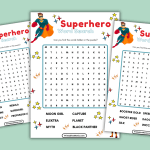Embarking on potty training is a significant step in a child’s development, but timing is crucial. It’s important to ensure that your child is physically and emotionally prepared for this new challenge to avoid frustration and setbacks.
Why Timing Matters
Starting potty training at the right moment can make the process smoother and more successful. This page will help you identify key indicators that suggest your child might need a bit more time before beginning potty training. Recognizing these signs early can save both you and your child from unnecessary stress, making the transition out of diapers more pleasant for everyone involved.
What You Will Learn
We will explore various signs that can indicate readiness or a need to wait, from emotional cues to physical developments. Whether it’s a lack of interest, difficulty communicating needs, or simply an inconsistency in routine, understanding these aspects can guide you in making an informed decision about when to start potty training your child.
By the end of this guide, you’ll be equipped with the knowledge to assess your child’s readiness and approach potty training with confidence when the time is right.
When To Stop Potty Training And Wait
Recognizing when your child is not ready for potty training is just as important as knowing when they are. Here are some signs that might indicate your child isn’t quite ready to start the potty training process:
- Lack of Interest: If your child shows no interest in the potty, bathroom routines, or wearing underwear instead of diapers, they may not be ready.
- Inability to Communicate Needs: Children ready for potty training often start to communicate their need to go to the bathroom. If your child isn’t doing this yet, it might be too early.
- Dislike of Being Wet or Dirty: A sign of readiness is when a child dislikes wearing diapers that are wet or soiled. If your child doesn’t seem bothered by this, they may not be ready to start training.
- Physical Readiness: If your child cannot pull their pants up and down by themselves, it might be difficult for them to use the potty independently.
- Resistance to Using the Potty: If your child resists or gets upset when encouraged to sit on the potty, they might not be ready to start training. Forced potty training can lead to negative associations with the bathroom.
- Inconsistency in Following Instructions: If your child struggles to follow simple instructions, potty training, which requires following several steps, might be challenging for them.
- Difficulty Staying Dry: If your child’s diaper is always wet and they don’t have dry periods of at least two hours, this could indicate their bladder muscles are not developed enough for potty training.
- Major Changes or Stress: If your family is experiencing significant changes like moving, a new sibling, or starting daycare, your child may feel too overwhelmed to start potty training.
- Physical or Developmental Delays: Any delays in physical or developmental milestones can affect potty training readiness. It’s essential to consult with your pediatrician to understand any impacts.
- Lack of Consistent Schedule: If your child’s daily routine and bowel movements are not regular, it may be difficult to establish a successful potty training routine.
Understanding these signs can help you avoid starting potty training too soon, which can lead to frustrations and setbacks for both you and your child. It’s often best to wait until your child shows more signs of readiness and interest, ensuring a smoother and more positive experience.
How to Pause Effectively
When you decide to take a break from potty training:
- Be Positive: Make sure to end any attempts on a positive note. Assure your child that they can try again later and that you’re proud of their efforts.
- Maintain Openness: Keep the conversation about potty training open and pressure-free. Allow your child to see others using the toilet and discuss it casually.
- Reintroduce Gradually: When you and your child feel ready to try again, reintroduce the concept slowly. You can start by reading books about potty training, playing with a toy toilet, or just placing the potty in a visible area without pressure to use it.
Understanding when to pause can make a significant difference in achieving potty training success. It’s important to stay attuned to your child’s signals and needs throughout the process.


